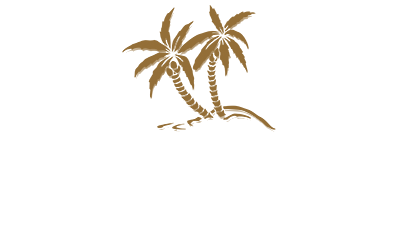Lahaina is a very popular tourist destination on Maui, resulting in a congestion of people and vehicles, although the ambiance remains relaxed and casual
Lahaina is a town and census-designated place (CDP) located in West Maui, Maui County. As of the 2000 Census, the CDP had a resident population of 9,118 – the only town of substance in West Maui. Lahaina means “cruel sun” in Hawaiian, describing droughts that affect the area.
In Lahaina, the locus of activity is along Front Street, which dates back to the 1820s. It is lined with stores and restaurants, and is often packed with tourists. Banyan Tree Square features an exceptionally large banyan tree planted in 1873 to commemorate the fiftieth anniversary of the arrival of the missionaries. It is also the site of the reconstructed ruins of Lahaina Fort, originally built in 1832.
Prior to unification of the islands, in 1795, the town was sacked by Kamehameha the Great. Lahaina was the capital of the Kingdom of Hawai’i from 1820 to 1845. It was once an important destination for the 19th century whaling fleet, whose presence at Lahaina frequently led to conflicts with the Christian missionaries living there. On more than one occasion the conflict was so severe that it led to the shelling of Lahaina by whaleboats.
Lahaina is located at 20°53’10” North, 156°40’29” West (20.886122, -156.674602)1.
According to the United States Census Bureau, the CDP has a total area of 18.1 km² (7.0 mi²). 14.9 km² (5.8 mi²) of it is land and 3.2 km² (1.2 mi²) of it is water. The total area is 17.50% water.
As of the census2 of 2000, there were 9,118 people, 2,599 households, and 1,759 families residing in the CDP. The population density was 612.3/km² (1,584.7/mi²). There were 3,027 housing units at an average density of 203.3/km² (526.1/mi²). The racial makeup of the CDP was 26.44% White, 0.34% African American, 0.31% Native American, 43.40% Asian, 9.83% Pacific Islander, 2.18% from other races, and 17.50% from two or more races. 7.06% of the population were Hispanic or Latino of any race.
There were 2,599 households out of which 27.6% had children under the age of 18 living with them, 47.9% were married couples living together, 12.5% had a female householder with no husband present, and 32.3% were non-families. 18.9% of all households were made up of individuals and 7.2% had someone living alone who was 65 years of age or older. The average household size was 3.50 and the average family size was 3.91.
In the CDP the population was spread out with 22.8% under the age of 18, 8.8% from 18 to 24, 33.4% from 25 to 44, 23.2% from 45 to 64, and 11.9% who were 65 years of age or older. The median age was 36 years. For every 100 females there were 108.2 males. For every 100 females age 18 and over, there were 110.1 males.
The median income for a household in the CDP is $52,984, and the median income for a family is $54,879. Males have a median income of $29,583 versus $25,392 for females. The per capita income for the CDP is $19,921. 7.8% of the population and 6.8% of families are below the poverty line. Out of the total population, 7.3% of those under the age of 18 and 9.2% of those 65 and older are living below the poverty line.
Retrieved from http://en.wikipedia.org/wiki/Kaanapali%2C_Hawaii
From Wikipedia, the free encyclopedia.
Copyright (C) 2000,2001,2002 Free Software Foundation, Inc.59 Temple Place, Suite 330, Boston, MA 02111-1307 USA
Everyone is permitted to copy and distribute verbatim copies of this license document, but changing it is not allowed.
